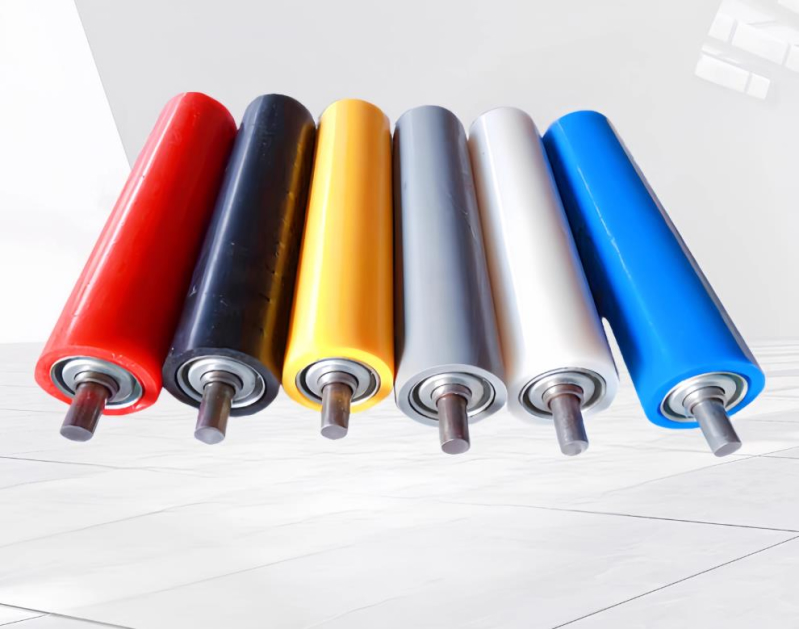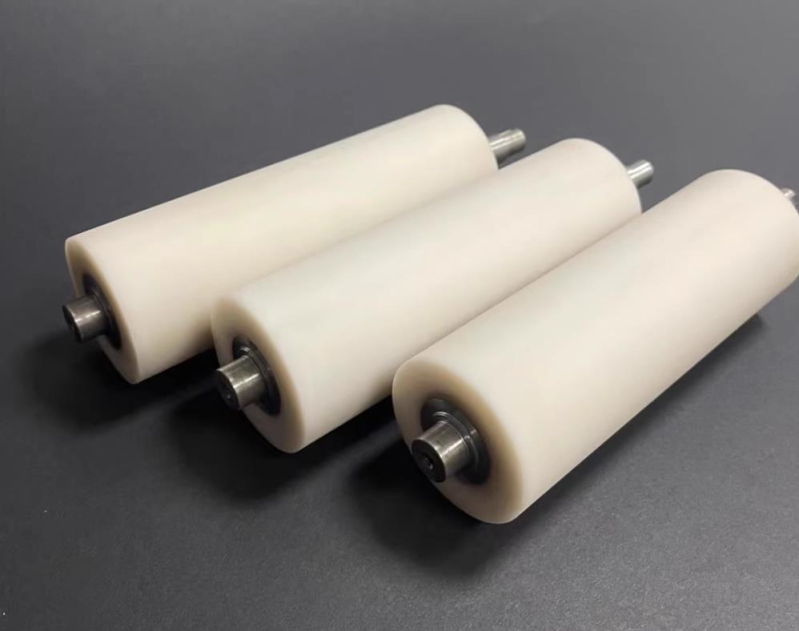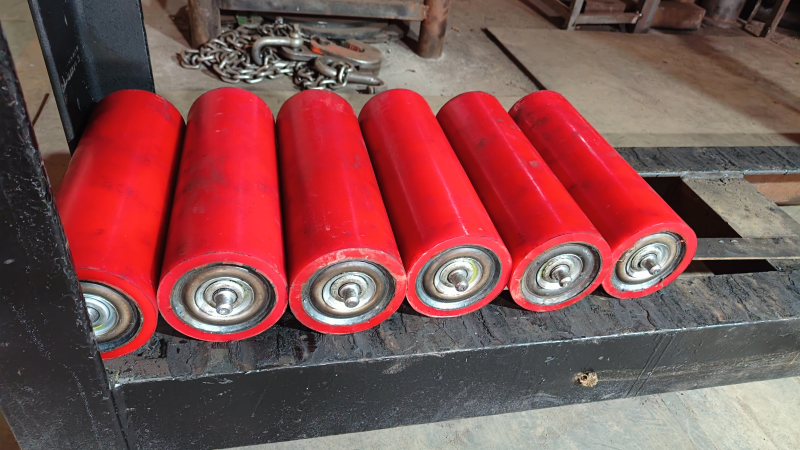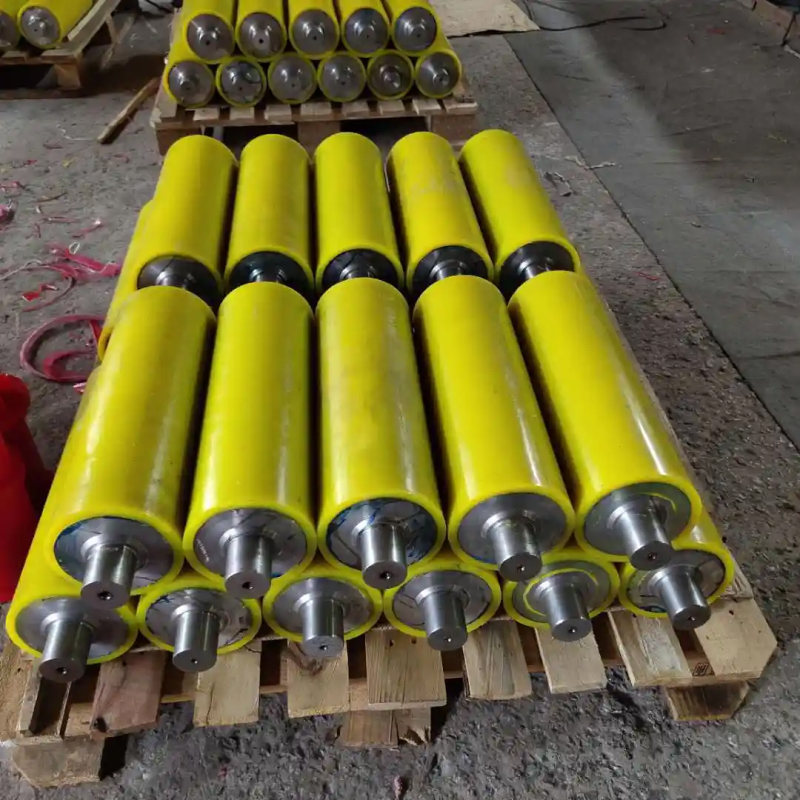
Polyurethane Idler Polymer Idler




Dimensions
Diameter: Standard sizes (φ89, φ108, φ133, φ159, φ194, φ219) suit different widths and loads. Small conveyors use smaller diameters; heavy-duty systems require larger diameters.
Length: Varies per design/position - typically hundreds of mm to meters. Intermediate support idlers are shorter; end bend pulleys are longer.
Shaft Diameter: Determines load capacity and stability. Selected based on roller diameter and load requirements (typically tens to hundreds of mm).
Weight
Low-density polyurethane makes mining idlers ~50% lighter than metal equivalents. Simplifies installation/replacement and reduces structural load.
Load Capacity
Ranges from tens of kg to several tons depending on diameter, length, shaft size, material strength, and design. Selection must match conveyor requirements for safe operation.
Rotational Resistance
A key performance metric. High-quality idlers feature low resistance, reducing energy consumption and improving efficiency. Affected by design, bearing type, lubrication, and material friction.
Abrasion Resistance
Essential for mining environments. Polyurethane offers exceptional wear resistance. Tested under specific loads/speeds/durations to ensure compliance.
Operating Temp Range
Designed for mining conditions: -40°C to 90°C.
Sealing Performance
Multi-stage seals (labyrinth/lip seals) prevent dust/water/corrosive ingress, protecting internal components.
Service Life
30,000+ hours under normal conditions. Affected by environment, load, speed, and maintenance.
Frequently asked questions
Frequently asked questions
Frequently asked questions
Frequently asked questions
Frequently asked questions
Frequently asked questionsFrequently asked questions
Frequently asked questionsPackaging and transportation
Packaging and transportation
Packaging and transportation
Packaging and transportation
Packaging and transportation
Packaging and transportation
Packaging and transportation
Packaging and transportation
WeChat QR code
Scan it, you can chat on WeChat
